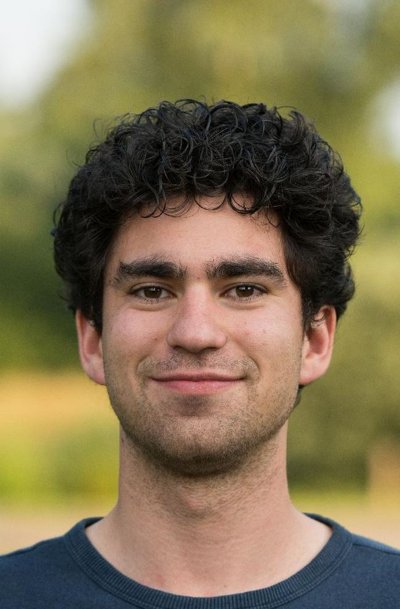inkjet printing: bubble entrainment and satellite formation
Arjan Fraters is a PhD student in the Physics of Fluids group. His supervisors are prof.dr. A.M. Versluis and prof.dr. D. Lohse from the Faculty of Science and Technology.
 Piezo inkjet printing is used in high-end digital printers to deposit micron-sized droplets on-demand onto a substrate at high precision and reliability. The printing quality and reliability can be compromised by bubble entrainment and satellite formation. Bubbles that are entrained in the ink channel disturb or even stop droplet formation. Satellite droplets that are formed during the jetting process pollute the print and the printing machine. In this thesis bubble entrainment and satellite formation were experimentally visualized and characterized to investigate the underlying physical mechanisms. First, bubble entrainment was studied in a single-glass-nozzle printhead. Bubbles can be deterministically entrained into this nozzle by pinch-off of an air cavity from the acoustically driven meniscus. The physical mechanisms responsible for the formation and pinch-off of the air cavity were identified using numerical simulations. Second, entrained air bubbles were visualized in the micrometer ink channel of an experimental silicon-based printhead. A shortwave infrared imaging setup was developed to observe the bubbles in the ink channel in a non-intrusive way. The setup revealed the presence of multiple bubbles after entrainment, and revealed rich dynamics and interactions of the acoustically driven bubbles. Later, the bubble entrainment process was visualized in a silicon-based printhead with glass nozzle plate using high-speed imaging at a frame rate up 5 million frames per second. The high-speed cameras were triggered on changes in the channel acoustics, using the piezo as a sensor. The recordings show that air bubbles nucleate on dirt particles in the ink at the nozzle. A nucleated bubble separates from the dirt particle and is either ejected through the nozzle or gets permanently entrained by moving to the channel wall. Finally, the satellite droplet formation from the secondary tail was studied using single-flash stroboscopic imaging at a temporal resolution of 100 ns. By postponing and damping out the retracting meniscus motion the (unfavourable) secondary tail length could be decreased, and thereby the total volume of the unwanted secondary droplet satellites. Also a reduction of the ink viscosity contributed to this decrease.
Piezo inkjet printing is used in high-end digital printers to deposit micron-sized droplets on-demand onto a substrate at high precision and reliability. The printing quality and reliability can be compromised by bubble entrainment and satellite formation. Bubbles that are entrained in the ink channel disturb or even stop droplet formation. Satellite droplets that are formed during the jetting process pollute the print and the printing machine. In this thesis bubble entrainment and satellite formation were experimentally visualized and characterized to investigate the underlying physical mechanisms. First, bubble entrainment was studied in a single-glass-nozzle printhead. Bubbles can be deterministically entrained into this nozzle by pinch-off of an air cavity from the acoustically driven meniscus. The physical mechanisms responsible for the formation and pinch-off of the air cavity were identified using numerical simulations. Second, entrained air bubbles were visualized in the micrometer ink channel of an experimental silicon-based printhead. A shortwave infrared imaging setup was developed to observe the bubbles in the ink channel in a non-intrusive way. The setup revealed the presence of multiple bubbles after entrainment, and revealed rich dynamics and interactions of the acoustically driven bubbles. Later, the bubble entrainment process was visualized in a silicon-based printhead with glass nozzle plate using high-speed imaging at a frame rate up 5 million frames per second. The high-speed cameras were triggered on changes in the channel acoustics, using the piezo as a sensor. The recordings show that air bubbles nucleate on dirt particles in the ink at the nozzle. A nucleated bubble separates from the dirt particle and is either ejected through the nozzle or gets permanently entrained by moving to the channel wall. Finally, the satellite droplet formation from the secondary tail was studied using single-flash stroboscopic imaging at a temporal resolution of 100 ns. By postponing and damping out the retracting meniscus motion the (unfavourable) secondary tail length could be decreased, and thereby the total volume of the unwanted secondary droplet satellites. Also a reduction of the ink viscosity contributed to this decrease.



